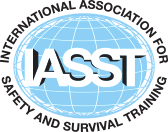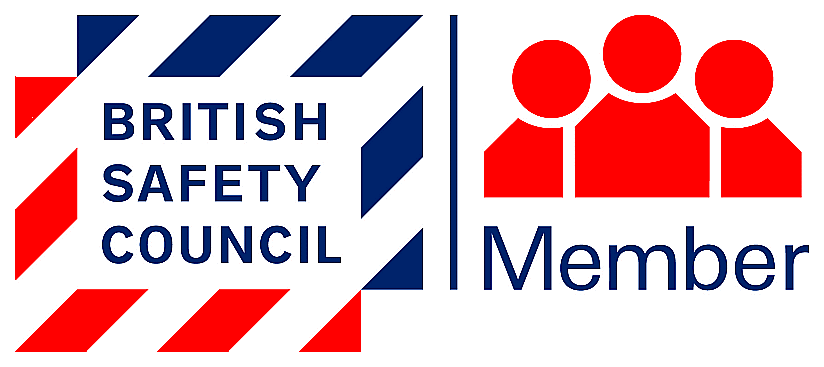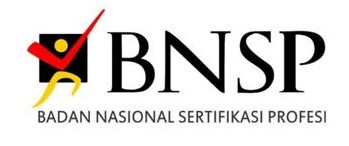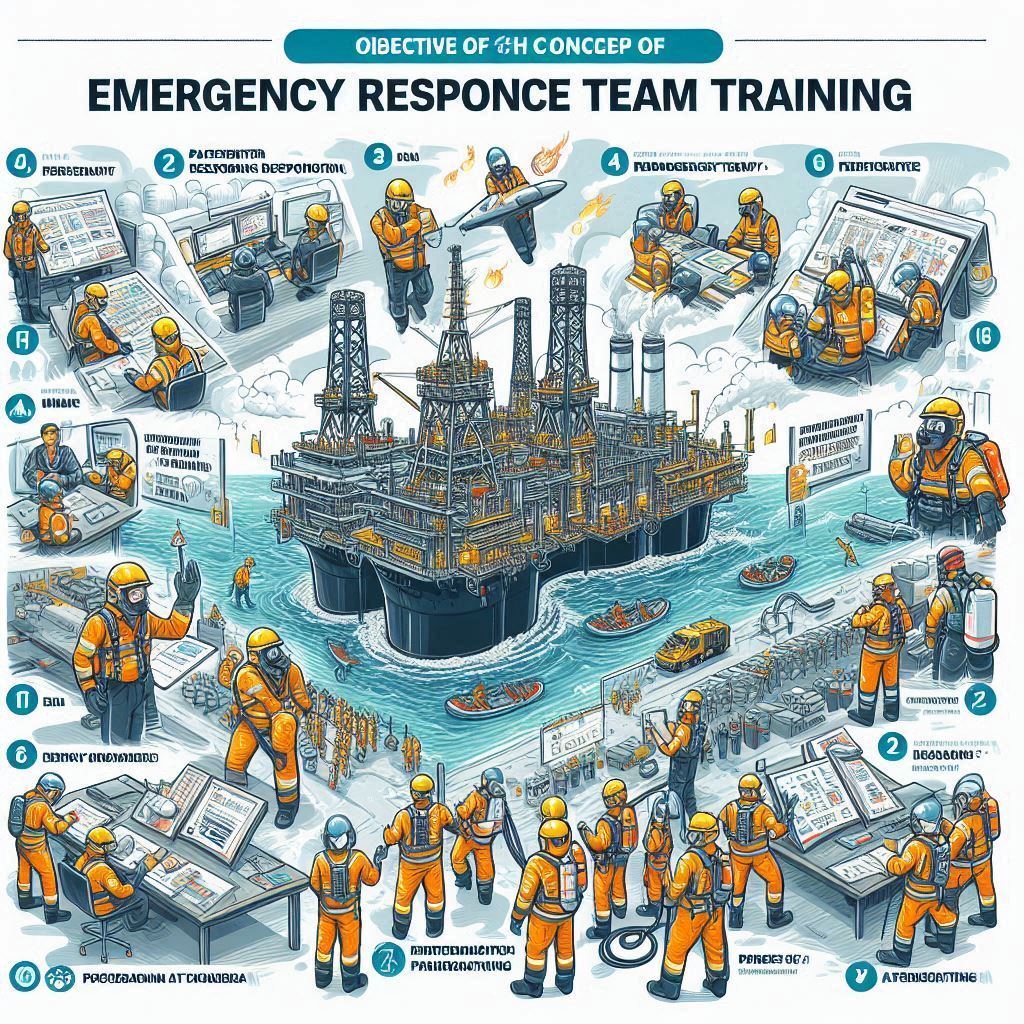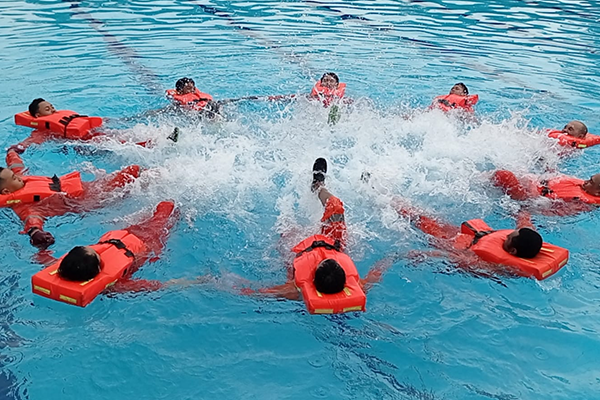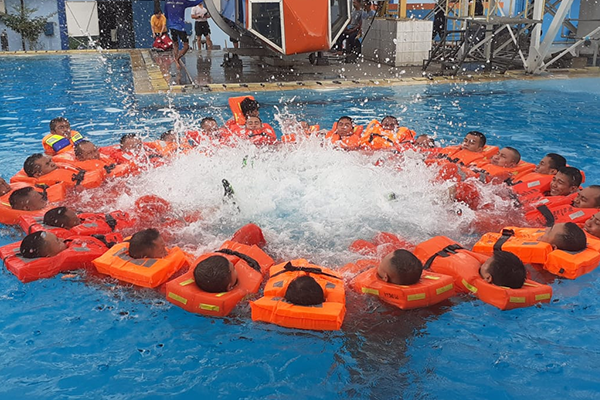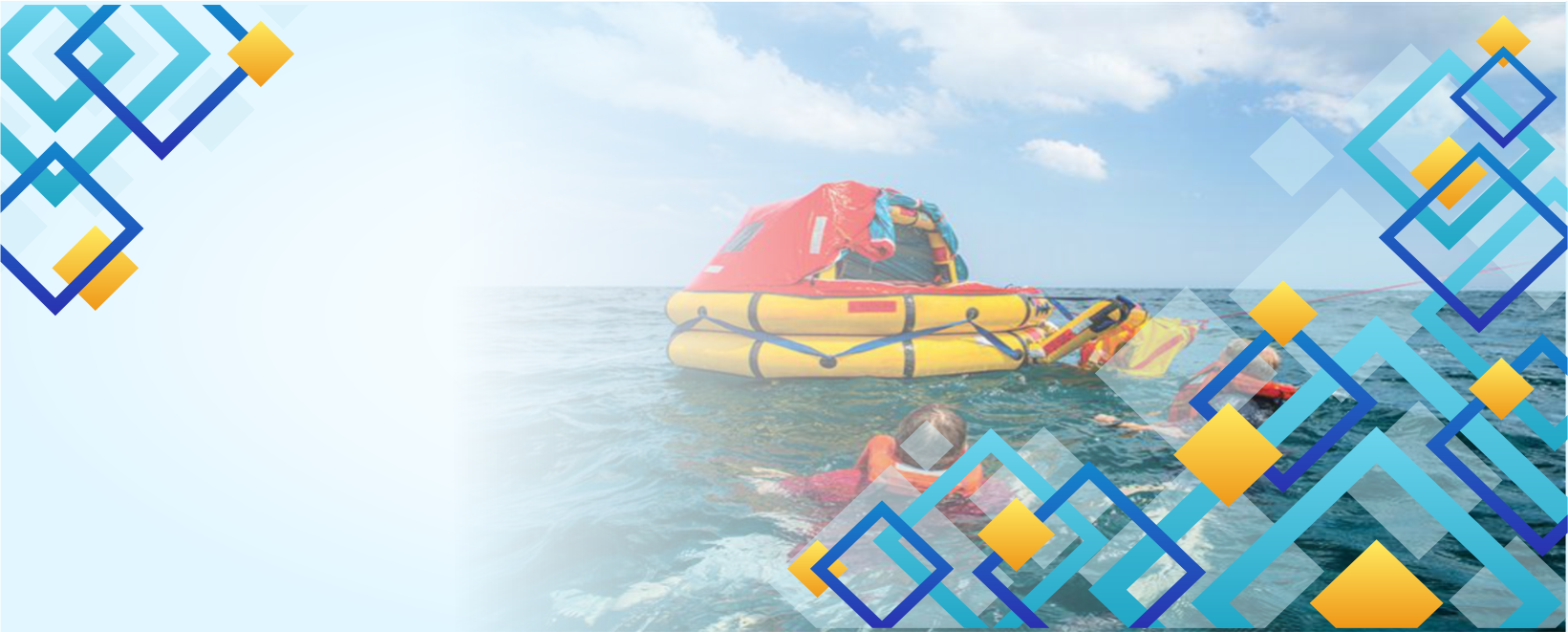
WELCOME TO
INTERSAFE PRIMA NUSA
Pelatihan dan Sertifikasi Pekerja Di Offshore
Why Choose Intersafe?
PT. InterSafe Prima Nusa merupakan Perusahaan Jasa Pelatihan dan Sertifikasi Pekerja Di Offshore dalam Pengembangan Sumber Daya Manusia (SDM) di berbagai bidang yang selalu menjaga mutu dan kualitas pelatihan dalam menjaga kepercayaan pelanggan
Sertifikasi Resmi
Intersafe memfasilitasi sertifikasi resmi bagi peserta yang berhasil menyelesaikan program pelatihan mereka
Program Pelatihan yang Komprehensif
Intersafe menawarkan program pelatihan yang komprehensif yang mencakup berbagai aspek K3.
Fokus pada Kustomisasi
Intersafe dapat menyesuaikan program pelatihan sesuai dengan kebutuhan spesifik perusahaan atau sektor industri tertentu.

About Us
PT. InterSafe Prima Nusa merupakan Perusahaan Jasa Pelatihan dan Sertifikasi Pekerja Di Offshore dalam Pengembangan Sumber Daya Manusia (SDM) di berbagai bidang yang selalu menjaga mutu dan kualitas pelatihan dalam menjaga kepercayaan pelanggan. Kami didukung oleh para tenaga ahli yang berpengalaman di bidangnya dan tim kerja mempunyai integritas yang baik dalam membantu semua pelanggan.
Kami aktif melayani pelanggan dalam pemenuhan pelatihan dan sertifikasi K3 dari berbagai sektor diantaranya Pemerintah/ BUMN, Universitas, Perbankan, Apartemen, Rumah Sakit, Gedung Perkantoran, Hotel, Industri, Minyak dan Gas, Pertambangan, Perkebunan dan Industri lainnya. Kami siap melayani dan menjadi mitra terbaik di semua sektor.
Call Us
+62
821-2577-3357
Layanan Kami
Jasa Pelatihan K3 Dan Sertifikasi Untuk Anda
Sudah memiliki lebih dari Peserta
PT. Intersafe Prima Nusa telah berhasil melatih dan melayani lebih dari 3000 peserta.
Memiliki Instruktur Yang Berkompeten
PT. Intersafe Prima Nusa memiliki instruktur yang terampil dan berpengetahuan luas untuk memimpin program pelatihan.
Terpercaya
PT. Intersafe Prima Nusa telah mendapatkan kepercayaan dan pengakuan di industri karena komitmennya terhadap keunggulan.
Metode Pelatihan
Zoom Class
Kami menyediakan pelatihan via zoom / INternet untuk efektivitas
Offline Class
Offline Class adalah salah satu pilihan pelatihan yang lebih efektif
Public Class
Public Class adalah pesertanya gabungan dari perudahaan lain
Inhouse Training
Kami menyediakan metode pelatihan dengan kelas inhouse training
Do not hesitate to contact our marketing at :
Ms. Irma
Phone: +62 87-882-258-499
Mr. Amri
Phone: +62 851-744-63-929
Ms. Maharani
Phone: +62 896-5379-1669

